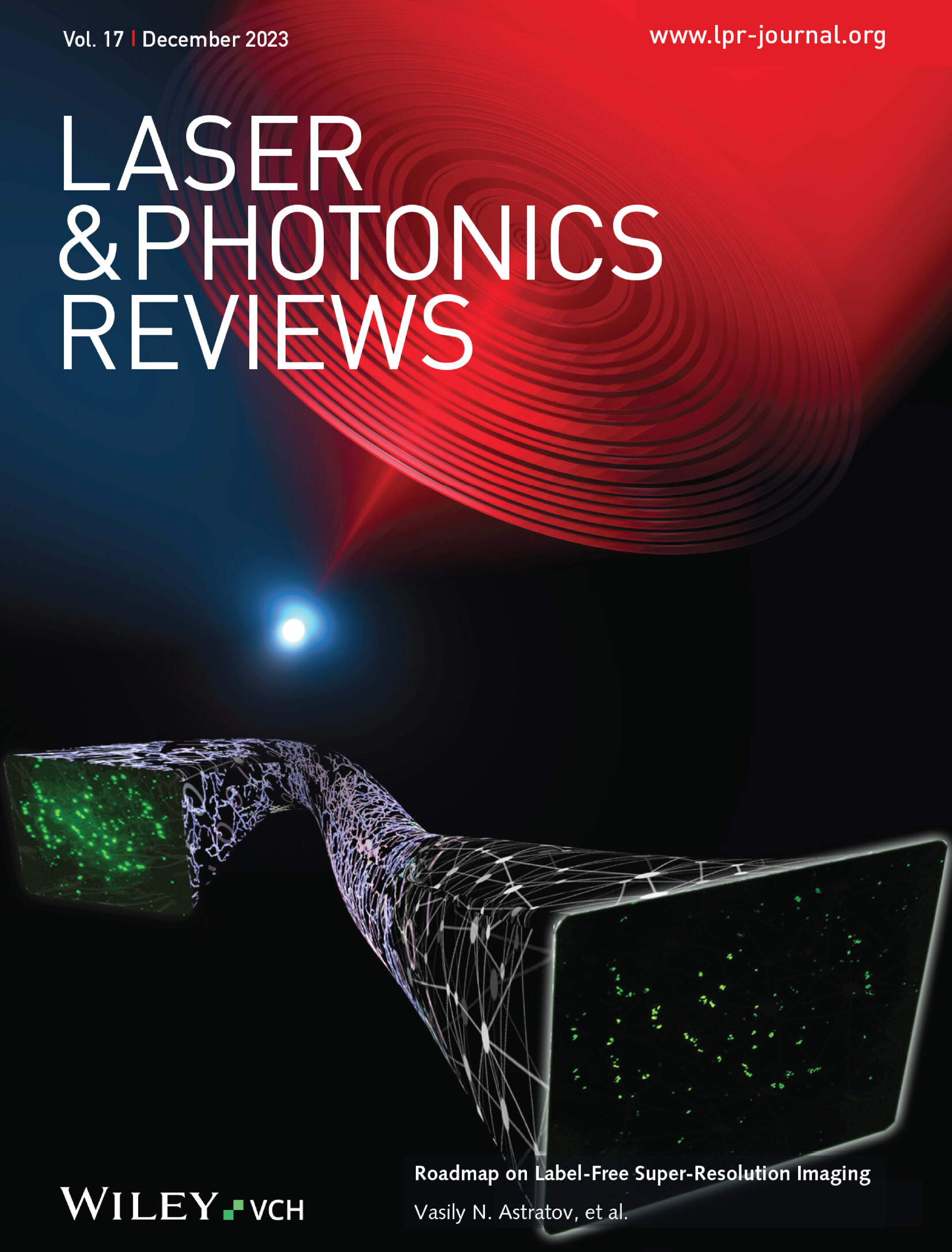Tailoring of Visible-NIR-II Luminescence in Pt4+/Er3+-Codoped Cs2ZrCl6 Double Perovskite Phosphors via Energy Transfer Engineering for Diversified Applications
IF 9.8
1区 物理与天体物理
Q1 OPTICS
引用次数: 0
Abstract
To settle the unsatisfied efficiency of near-infrared (NIR) emission in lanthanide-doped luminescent materials, a series of Pt4+-doped and Pt4+/Er3+-codoped Cs2ZrCl6 double perovskite phosphors are designed. Excited by 254 nm, Pt4+-doped Cs2ZrCl6 compounds can exhibit the characteristic emissions of host and Pt4+, resulting in the polychromatic luminescence caused by the efficient energy transfer from host to Pt4+. Through combining the theoretical calculation and luminescence profiles, it is clear that the broadband emission at 660 nm is assigned to the self-trapped exciton of [PtCl6]2− octahedron. Furthermore, compared with that of Er3+-doped sample, the intensity of the NIR-II emission of Er3+ at 1540 nm in Pt4+/Er3+-codoped Cs2ZrCl6 double perovskite phosphors is greatly improved, namely, a 127-fold increase, due to efficient energy transfer from host and Pt4+ to Er3+. Furthermore, the quantum efficiencies of the visible and NIR-II emissions in Cs2ZrCl6:0.6%Pt4+/25%Er3+ double perovskite phosphor are 75.5% and 34%, respectively, excited by 254 nm. Additionally, via utilizing the designed phosphors, various applications including multilevel anti-counterfeiting, non-visual imaging, night vision, etc., are realized. This finding implies that NIR-II emission of Er3+ in double perovskite phosphors can be efficiently regulated via using multi-channel composite energy transfer engineering.

求助全文
约1分钟内获得全文
求助全文
来源期刊
CiteScore
14.20
自引率
5.50%
发文量
314
审稿时长
2 months
期刊介绍:
Laser & Photonics Reviews is a reputable journal that publishes high-quality Reviews, original Research Articles, and Perspectives in the field of photonics and optics. It covers both theoretical and experimental aspects, including recent groundbreaking research, specific advancements, and innovative applications.
As evidence of its impact and recognition, Laser & Photonics Reviews boasts a remarkable 2022 Impact Factor of 11.0, according to the Journal Citation Reports from Clarivate Analytics (2023). Moreover, it holds impressive rankings in the InCites Journal Citation Reports: in 2021, it was ranked 6th out of 101 in the field of Optics, 15th out of 161 in Applied Physics, and 12th out of 69 in Condensed Matter Physics.
The journal uses the ISSN numbers 1863-8880 for print and 1863-8899 for online publications.

 求助内容:
求助内容: 应助结果提醒方式:
应助结果提醒方式:


